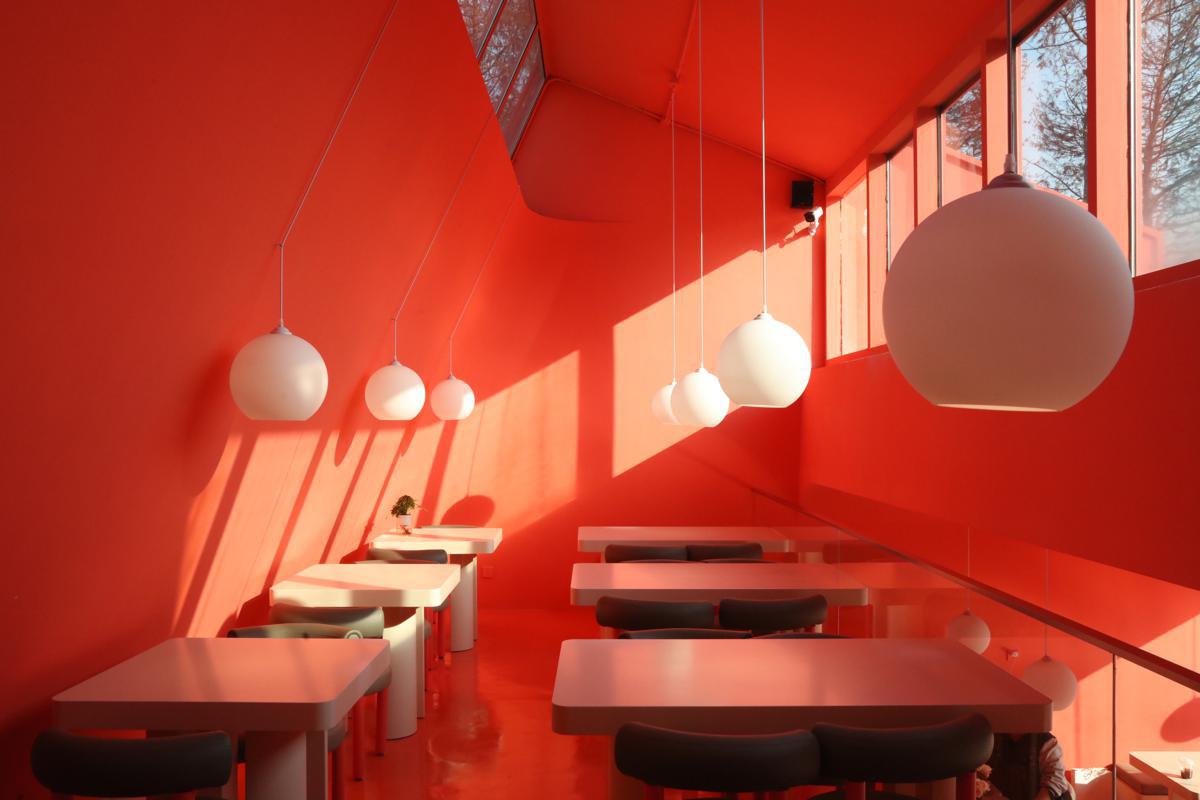Jiading unveils cultural hub harmonizing tradition and modernity
Shanghai's Jiading New City is creating a new cultural landmark, the Yuanxiang Cultural Circle, which combines local features, Jiangnan charm, and a futuristic feel, offering rich cultural experiences for residents and visitors. As part of Shanghai's "five new cities" project, it integrates existing landmarks and new facilities into a comprehensive cultural space.
The Yuanxiang Cultural Circle features a "2+10" layout, including two existing landmarks like the Shanghai Poly Grand Theatre and Jiading Library, along with 10 architectural pieces surrounding Yuanxiang Lake.

"We aim to blend tradition with modernity, creating a 'cultural landmark cluster and leisure destination'," said Gu Huiwen, head of the publicity department of Jiading district.
Currently, three projects are operational, with four more set to debut in late April, including Hunzhi Books, the Jingdezhen red leaf porcelain culture museum, a wax museum, and an art gallery.

Wang Yuhua, chairman of Jiading New City Co, revealed that three more projects will be added by year-end, featuring Jiading's new performing arts space focused on immersive theatrical experiences and a future lifestyle hall integrating digital experiences with intangible cultural heritage.
To ensure the enduring vitality of the cultural circle, Jiading has launched an activity matrix covering seven themes and 68 events, spanning art education, community reading and sports competitions.

He Dongying, director of the district's tourism bureau, revealed plans to host activities like the Yangtze River Delta youth traditional cultural knowledge competition and children's choir festival in collaboration with facilities such as the library and theater, extending the reach of public cultural services. "We hope to make culture accessible and turn the lakeside of Yuanxiang into a 'cultural living room' for residents," she said.
Looking ahead, Gu envisions, "This place will become a preferred weekend leisure destination for residents, where mornings are for exercise, afternoons for reading, and evenings for performances, making cultural life a part of daily routines."

